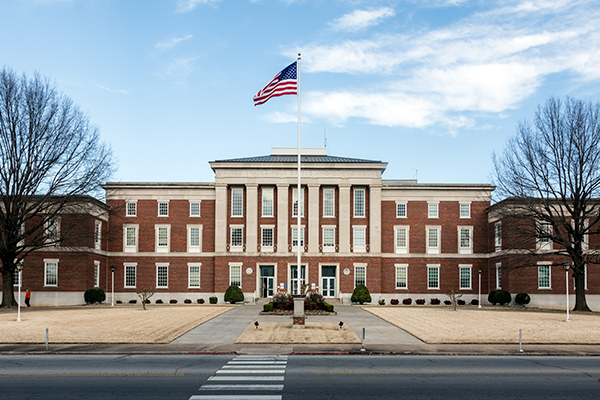
Fort Smith Regional Chamber of Commerce (AR-OK) – Economic Development and Marketing Strategy
Challenge
Located in the heart of the Arkansas River Valley, the greater Fort Smith area featured some exceptional assets in the early 2000s, including a strong manufacturing base, excellent access to major metropolitan areas, and a relatively low cost of living. However, the region had reached a tipping point and was faced with a number of challenges common to manufacturing dependent communities: relatively low levels of educational attainment, out-migration from the urban core, an under-performing downtown, and the ever-looming threat of layoffs and plant closings.
Response
The Fort Smith Regional Chamber of Commerce commissioned TIP Strategies to prepare an economic development plan and marketing strategy for the five-county, bi-state region. Findings from an extensive assessment of the region’s economic position, coupled with insights from stakeholder focus groups, regional town hall meetings, and an online survey, helped identify the region’s most pressing challenges and suggest opportunities. Key recommendations included leveraging the University of Arkansas–Fort Smith, capitalizing on development opportunities along the Arkansas River, working with the local redevelopment authority to maximize the re-use of Fort Chaffee, and positioning the region to capture outward expansion from Northwest Arkansas. In addition, TIP prepared a target marketing plan centered on six targets: advanced manufacturing, logistics and distribution, automotive suppliers, food processing, healthcare, and business services. Recommendations in the strategic plan and the marketing plan were informed by a telephone survey of more than 60 companies, including 45 manufacturers. The community’s response to the planning effort was overwhelmingly positive; a fund-raising campaign undertaken by the Chamber after the plan’s release raised more than $4 million—double the original target.